Wildfires frequently break out in the Californian summer. The grass is dry, the ground parched and a small spark can start a raging fire, but burning can begin even when water is about. Gabriele Stiller sets the scene for a blaze beside Mono Lake, exploring the events that got it going and what it may have started in the sky…
While on shores of Mono Lake in the summer of 2012, I spotted something strange in the distance: a great blaze on the other side of the lake. We were on a trip through the southwestern states (a long tour through California, Nevada, Utah and Arizona). All the days before we had been continuously accompanied by thunderstorms that broke out during the afternoon. The photo was taken before the daily thunderstorm, and the large convective system already hinted to the next storm to come – and indeed it did, just a few hours later.
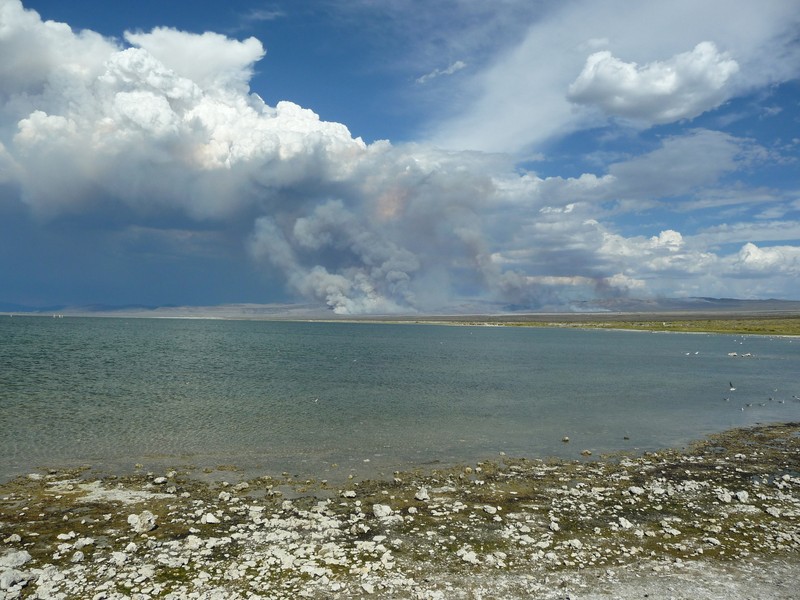
Desert fires close to Mono Lake, California. (Credit: Gabriele Stiller via imageo.egu.eu)
It was not clear if this convective cloud system was generated by uplift of heated air initiated by the fire, a process known as pyro-convection, or if it was simply a coincidence. After all, thunderstorms were a regular occurrence throughout our trip. This could have been the storm of the day, and the related convection could have transported the air and smoke from the fire upwards. Or a combination of both could have been behind it. The cumulus cloud was quite isolated, with clear sky surrounding it, but you can already see a small anvil developing (the area where ice is formed in the cloud) above the cauliflower-like cumulus – a hint towards a developing thunderstorm. Such a development would make the cloud into a cumulonimbus cloud.
So what caused the blaze? On 8 August 2012, the wildfire was started through lightning ignition by a thunderstorm coming from the Sierra Nevada, and it burned for several days on open grassland, far from human infrastructure. Due to these circumstances, firefighting was not particularly difficult for the authorities. However, more than 13000 acres were burned, and more than 500 people fought the fire. One of the priorities was to keep the amount of sage-grouse habitat burned to a minimum.
By Gabriele Stiller, Karlsruhe Institute of Technology, Karlsruhe, Germany
Imaggeo is the EGU’s open access geosciences image repository. Photos uploaded to Imaggeo can be used by scientists, the press and the public provided the original author is credited. Photographers also retain full rights of use, as Imaggeo images are licensed and distributed by the EGU under a Creative Commons licence. You can submit your photos here.

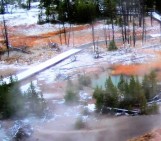
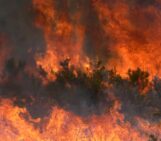
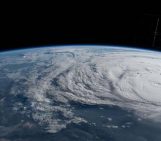
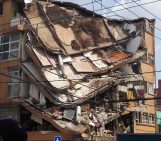
Pingback: GeoLog | The best of Imaggeo in 2014: in pictures.